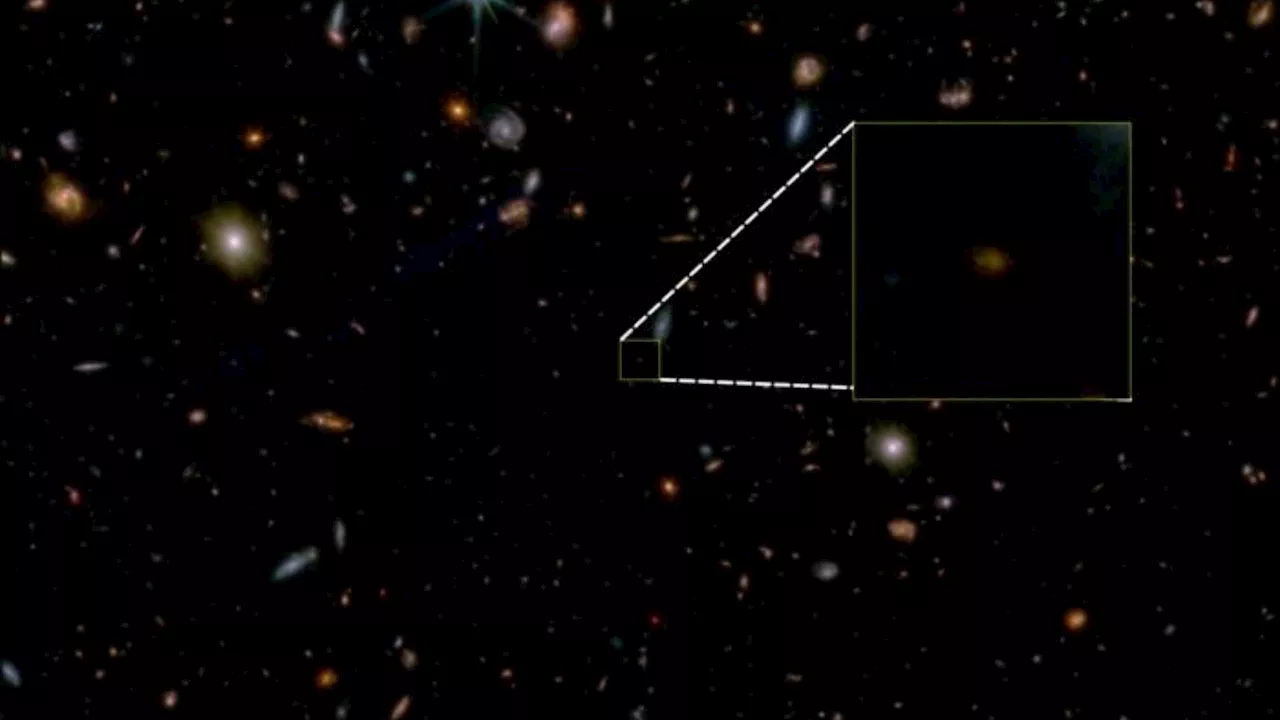The James Webb Space Telescope (JWST) has uncovered an old galaxy that lived fast and died young. The telescope conducted the deepest observation to detect this oldest dead galaxy.
False-colour JWST image of a small fraction of the GOODS South field, with JADES-GS-z7-01-QU highlighted. This kind of galaxy is extremely rare.The telescope conducted the deepest observation to detect this oldest “dead” galaxy. Astronomers at the University of Cambridge refer to it as a dead galaxy since star production stopped in the blink of cosmic time.
This mysterious galaxy went from actively star-forming to quenched states considerably faster than expected. “The first few hundred million years of the universe was a very active phase, with lots of gas clouds collapsing to form new stars,” said Tobias Looser, the paper’s first author from the Kavli Institute for Cosmology.
Norge Siste Nytt, Norge Overskrifter
Similar News:Du kan også lese nyheter som ligner på denne som vi har samlet inn fra andre nyhetskilder.
 Webb finds ice worlds on edge of our solar system that aren’t dead yetWebb has discovered new ice worlds on the outskirts of our solar system that astronomers say may not be dead.
Webb finds ice worlds on edge of our solar system that aren’t dead yetWebb has discovered new ice worlds on the outskirts of our solar system that astronomers say may not be dead.
Les mer »
 James Webb Spots Cosmic Foundry Generating Pure GoldScience and Technology News and Videos
James Webb Spots Cosmic Foundry Generating Pure GoldScience and Technology News and Videos
Les mer »
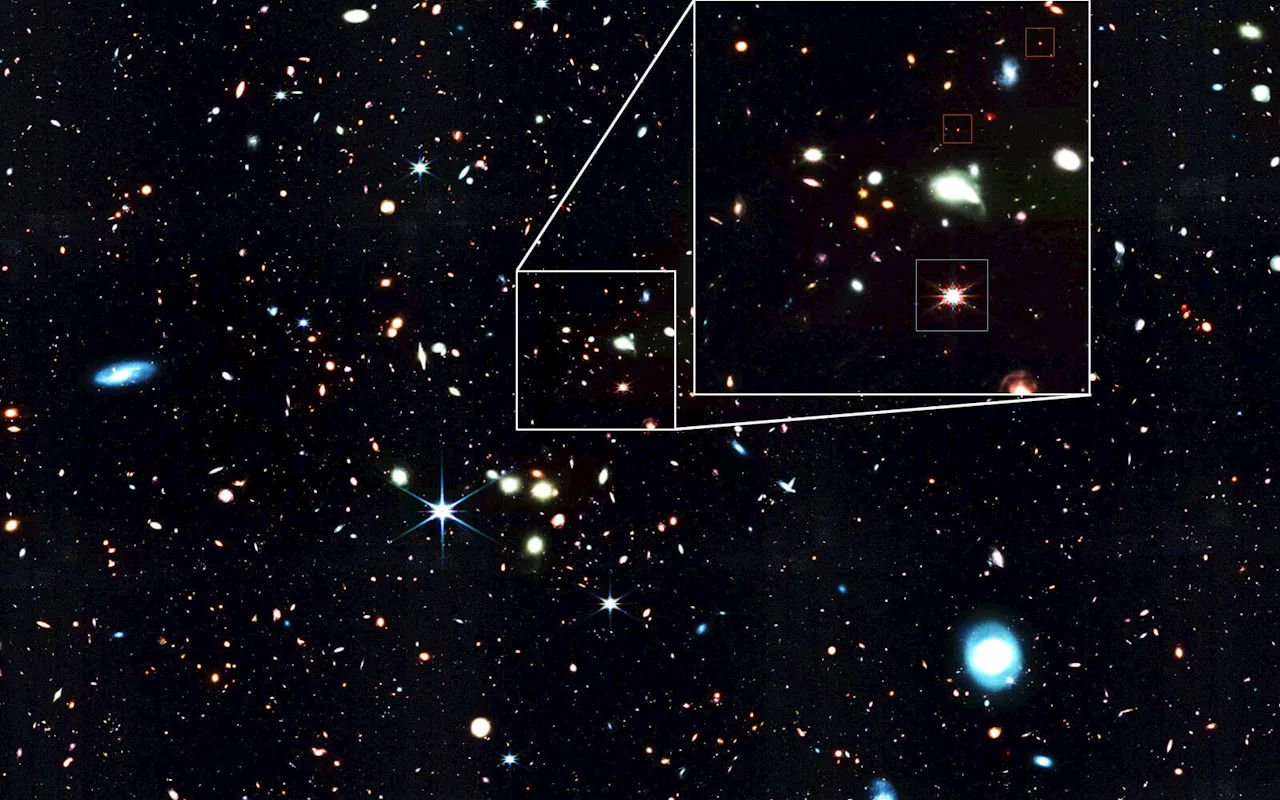 'Baby quasars': James Webb Space Telescope spots little giants in the deep pastThe James Webb Space Telescope has made one of the most unexpected findings within its first year of service: A high number of faint little red dots in the distant universe could change the way we understand the genesis of supermassive black holes.
'Baby quasars': James Webb Space Telescope spots little giants in the deep pastThe James Webb Space Telescope has made one of the most unexpected findings within its first year of service: A high number of faint little red dots in the distant universe could change the way we understand the genesis of supermassive black holes.
Les mer »
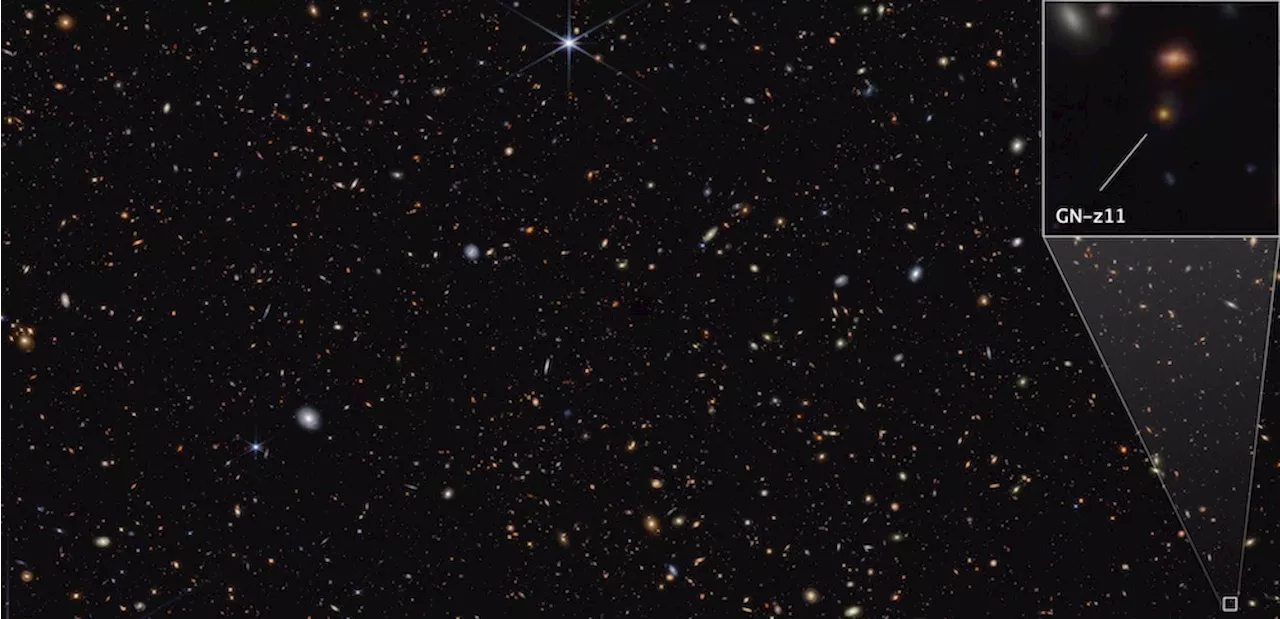 The Latest Mesmerizing Images from NASA's James Webb Space TelescopeWant to see the latest JWST images? The most recent image features the furthest known galaxy and black hole.
The Latest Mesmerizing Images from NASA's James Webb Space TelescopeWant to see the latest JWST images? The most recent image features the furthest known galaxy and black hole.
Les mer »
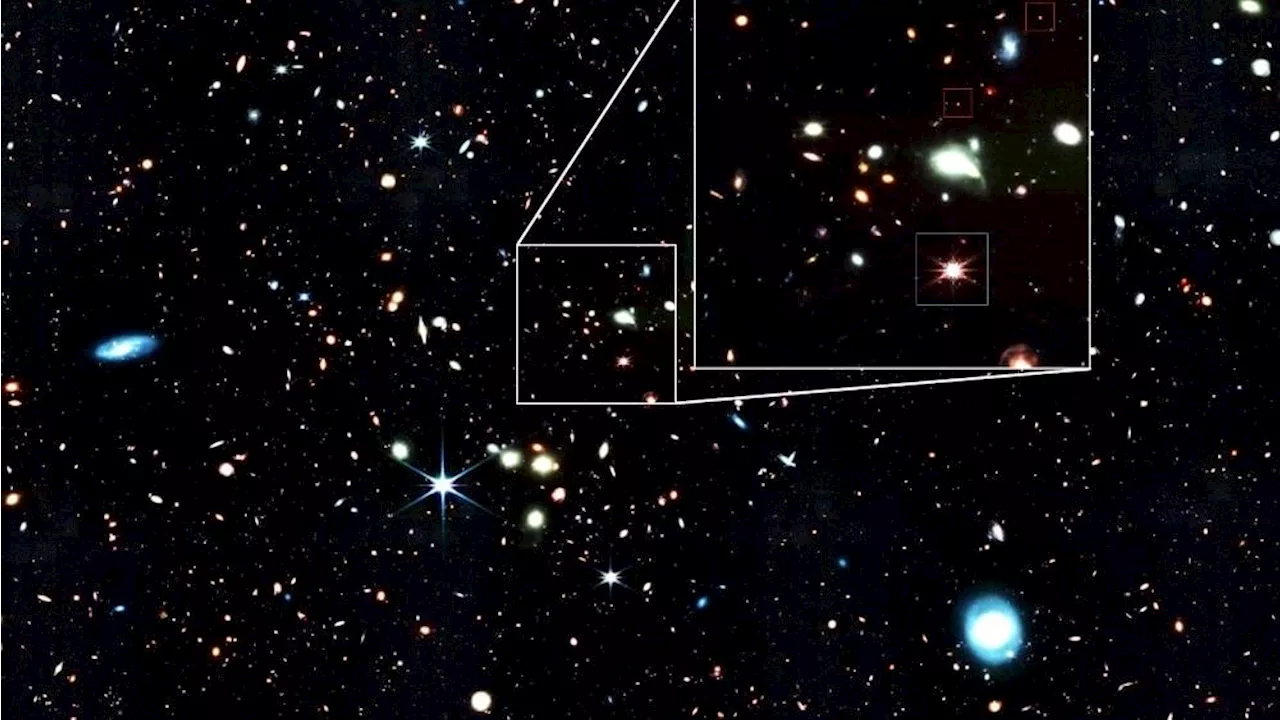 'Baby quasars' spotted by James Webb telescope could transform our understanding of monster black holesJennifer Nalewicki is a Salt Lake City-based journalist whose work has been featured in The New York Times, Smithsonian Magazine, Scientific American, Popular Mechanics and more. She covers several science topics from planet Earth to paleontology and archaeology to health and culture. Prior to freelancing, Jennifer held an Editor role at Time Inc.
'Baby quasars' spotted by James Webb telescope could transform our understanding of monster black holesJennifer Nalewicki is a Salt Lake City-based journalist whose work has been featured in The New York Times, Smithsonian Magazine, Scientific American, Popular Mechanics and more. She covers several science topics from planet Earth to paleontology and archaeology to health and culture. Prior to freelancing, Jennifer held an Editor role at Time Inc.
Les mer »
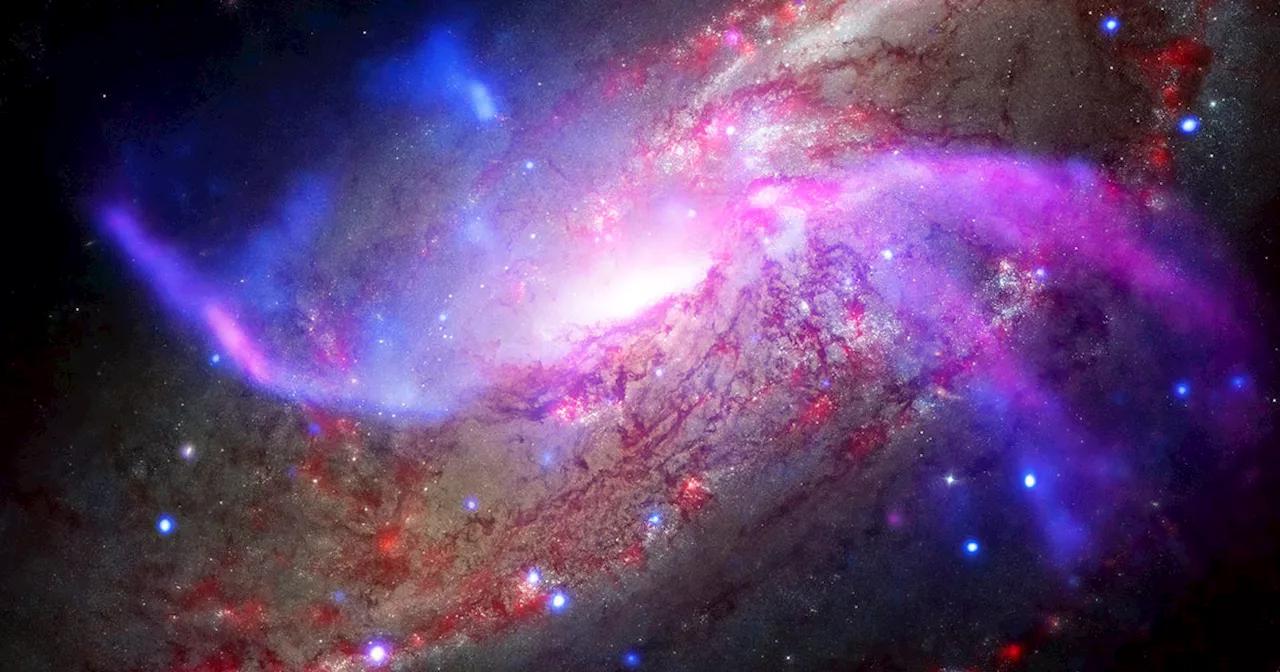 Scientists Surprised to Realize Red Dots in James Webb Images Are Black HolesScience and Technology News and Videos
Scientists Surprised to Realize Red Dots in James Webb Images Are Black HolesScience and Technology News and Videos
Les mer »
